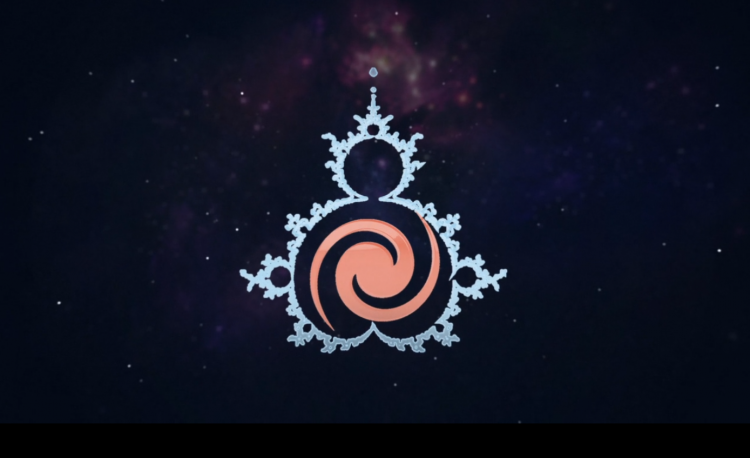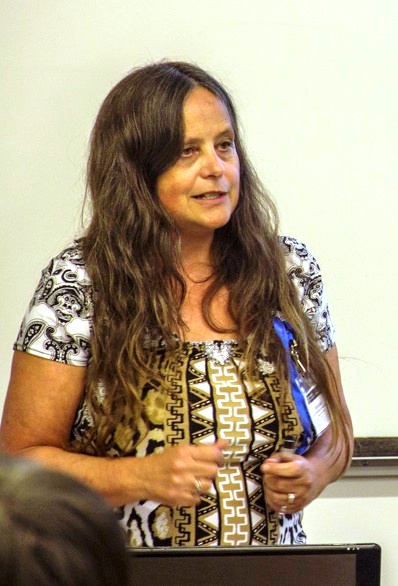In my life, I have had many Eureka moments.
The first Eureka moment for me was in 1985 when Scientific American published, for the first time, the algorithm for the Mandelbrot Set. It was in the Computer Recreations section of the magazine, written by Kee Dewdney at the time.
https://static.scientificamerican.com/sciam/assets/media/inline/blog/File/Dewdney_Mandelbrot.pdf
“The Mandelbrot set broods in silent complexity at the center of a vast two-dimensional sheet of numbers called the complex planeâ€.
The first time I saw “The Mandelbrot Set”, I thought it was something really special. The first time I wrote the program (i.e., the first time I got the program working) I was even more amazed. How could such a simple formula, and just a few lines of code, create such intricate complexity. (And I only had a Commodore-64 at the time and it still seemed too simple.) Since the Mandelbrot Set is so freakishly simple, I thought to myself, maybe it holds the key to understanding the unending complexity of universe itself. Maybe there is a secret hidden within this vast geometry that, once found, will make the universe seem equally simple.
My second Eureka moment was when I realized that the Mandelbrot Set behaves very much like the black holes described by relativity. It has all the features of a “black hole” including a collapsing central region (black hole), an expanding outer region (photon sphere), and a boundary which lies exactly between (event horizon). The complex curve or boundary that separates the central region from the outer region has the property of self-similarity.
This gave me the idea that, instead of unifying physics by “unifying forces”, maybe we could unify physics by unifying “scales”. Maybe, we could come up with “one set of rulesâ€, that can be applied to all scales of existence. Maybe a black hole and an atom aren’t that different from each other after all. This led me on a quest to unify physics by unifying principles that can be applied to each scale of organization. I call this The Principle of Incommensurability.
My approach to cosmology is quite a bit different than the other approaches and requires a paradigm shift in the way we think about the universe as a whole. The Mandelbrot Set is my mentor and my muse. In studying it, I have had many Eureka moments.
![]()



